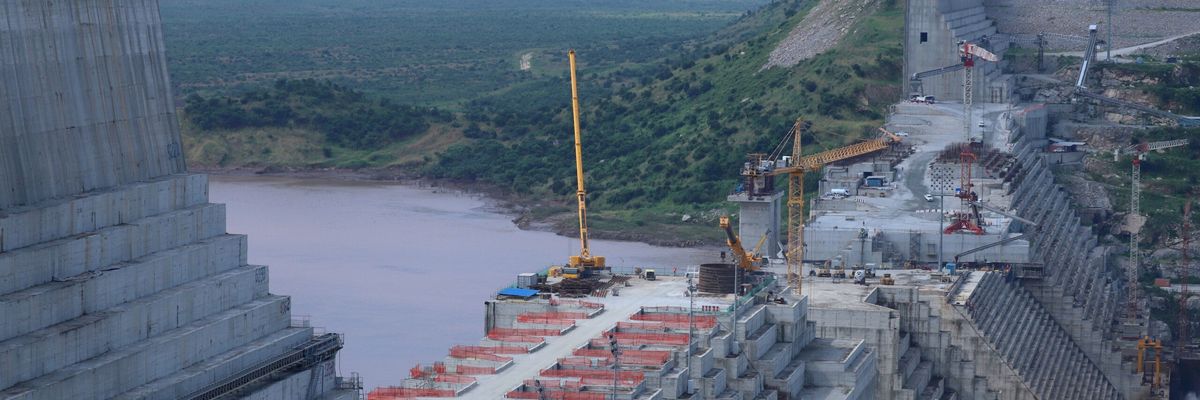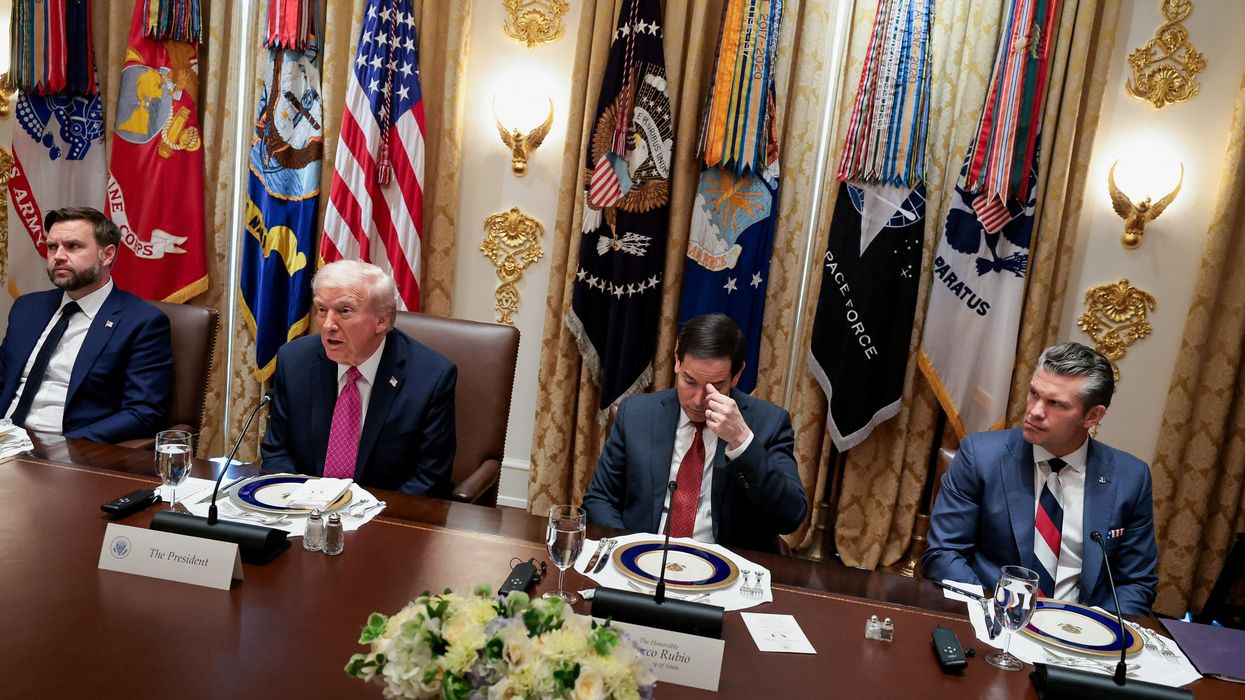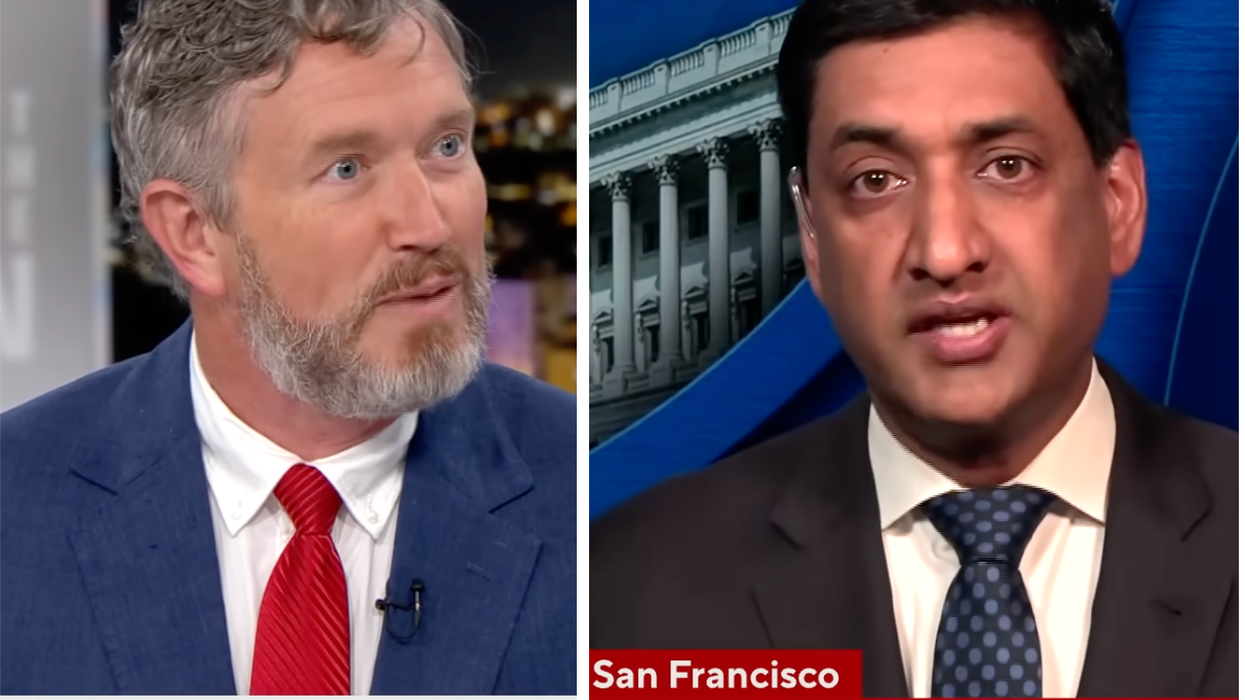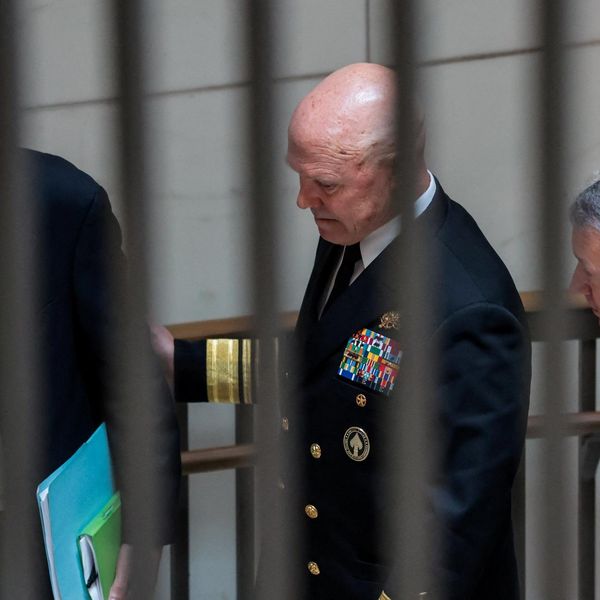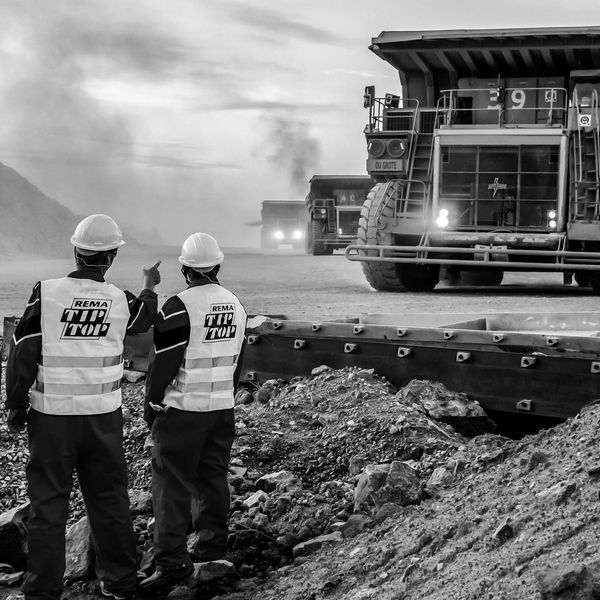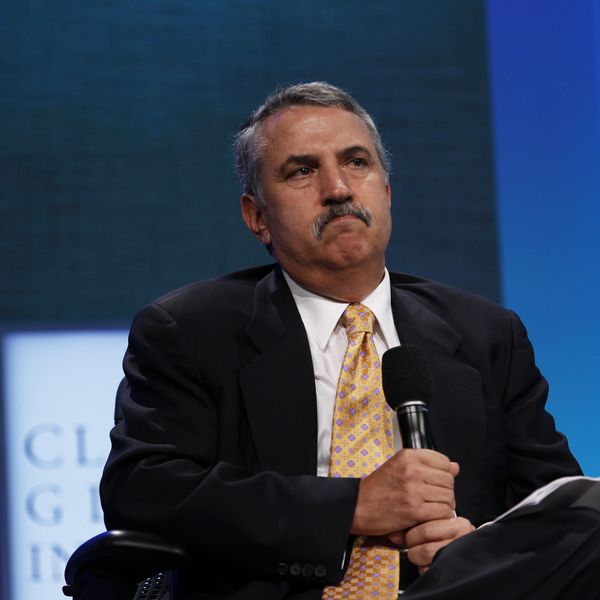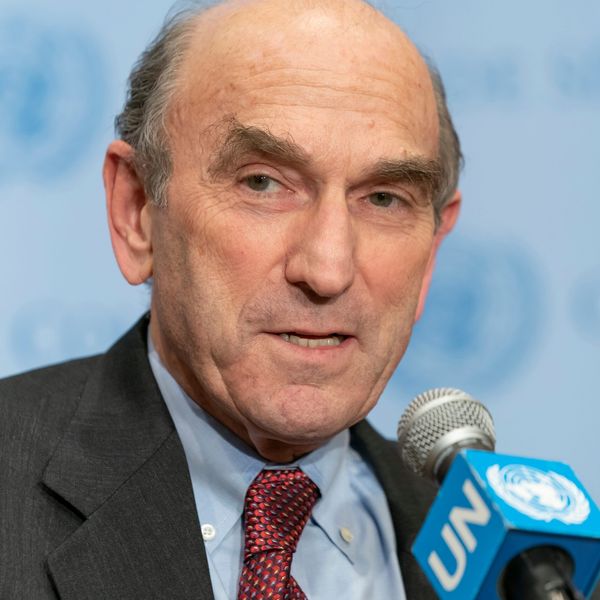U.S. policy has lacked continuity and has largely been ineffective. China has replaced the United States as the major trading partner for a significant portion of the world, and the disorganized U.S. approach has also pushed American adversaries closer to Beijing.
In response, the United States must resist the urge to contain or confront China but it should should find ways to facilitate cooperation.
One such opportunity currently exists in Ethiopia. While the internal conflict within the Tigray region rages on, and Prime Minister Abiy Ahmed has called upon citizens to take up arms, a potentially more significant crisis looms. Ethiopia’s continued construction of the Blue Nile Grand Ethiopian Renaissance Dam, or GERD, is a potential flashpoint with its neighbors Egypt and Sudan. Despite a 2015 Declaration of Principles signed by the three nations, further discussions have failed to produce a lasting agreement.
As of May 2021, the dam construction was more than 80 percent complete. Against the wishes of Egypt and Sudan, completion is a foregone conclusion. The contention now rests on two main points: first, how much water will Egypt and Sudan receive from the river annually, and second, how fast will Ethiopia fill the reservoir?
Egypt relies on the Nile for 90 percent of its water needs. Egypt’s President Abdel Fattah Al-Sisi categorized the Nile as a matter of life and death at a U.N. conference in September 2019. To Egypt, the river is a national security issue that the regime has stated it will protect with force.
To Ethiopia, the dam represents sovereignty and growth. It will provide electricity and improve the living standards for millions. The dam also represents a shift in continental power, which has favored Egypt for decades, sometimes at Ethiopia’s expense.
The 1929 Anglo-Egyptian Nile Agreement promised Egypt an annual water allocation of 48 billion cubic meters of the estimated 84 bcm annual yield. Sudan was also promised four bcm, and Egypt was given veto power over Nile River construction projects. In 1959, a bilateral treaty between Egypt and Sudan increased the allocation to 55.5 bcm and 18.5 bcm, respectively.
Despite Ethiopia's highlands supplying 80 percnet of the Nile’s water, Ethiopia received no water allowance. Herein lies the impasse. Egypt insists that their water allotment under the 1959 agreement remains binding. Ethiopia says they are not a party to the agreement and thus not bound by it. This point has led to zero-sum positioning in which both sides have signaled there is no room for concession or compromise.
Contrary to signaling, the timely publishing of two reports, one from the Forum for Research in Empirical International Trade and the other from the Intergovernmental Panel on Climate Change, combine to offer evidence that an agreement is possible. The FREIT report offers empirical evidence that climate-based scenarios directly foster water treaties, while the IPCC report paints the grim outlook caused by climate change. Additionally, the American Geophysical Union study suggests climate change could create 50 percent variability in Nile flow from year to year, creating both water shortage and extensive flooding.
Cairo has requested the U.S. and broader international involvement, but Addis Ababa has stated that the issue is African, and Africans should solve it. The sentiment is noble and not altogether erroneous. However, trilateral negotiations, including Sudan, have failed, as have mediation attempts by the African Union. The U.S. mediated negotiations were progressing in early 2020 until President Trump backed Egypt’s position and threatened Ethiopia with sanctions.
The United States should bring the parties together again, this time without placing their thumb on the scale. Washington could rebuild its image and regain influence through a diplomatic venture that mitigates a conflict.
The Indus Water Treaty between Pakistan and India, signed in 1960, may provide a helpful resolution model. The World Bank mediated treaty created a commission that has a commissioner from each country. It also created a standard operating procedure for disputes and a seven-member arbitral tribunal. A similar setup could help the parties involved move past positioning and develop an equitable solution.
Additionally, the scenario sets the stage for the United States and China to address a potential crisis together and demonstrate the ability to cooperate. Egypt, Ethiopia, and Sudan are all recipients of significant monetary aid from the United States. Washington could leverage that support to pressure the countries to return to negotiations, this time mediated by the World Bank.
Furthermore, the United States should use its influence with Cairo and convince Egypt to abandon the 1929 and 1959 agreements and start from scratch, while emphasizing climate change's impact on Nile annual yield to show the Egyptians that their water demands no longer reflect reality.
China also has some leverage on both Ethiopia and Egypt. Although China has not contributed funds directly to dam construction, Chinese companies were contracted to expedite construction. Additionally, China has invested $3.3 billion in Ethiopia’s power grid connecting the dam to cities and towns across the country. There has been significant capital investment into Egypt as well. As a strategic element of China’s Belt and Road Initiative, Egypt is the fourth-largest recipient of Chinese investment in Africa.
China often relies upon a non-interventionist model, but its capital investment into both countries places them in a tricky situation should the issue remain unresolved. China should use its leverage with Ethiopia to emphasize Egypt's reliance on the Nile and persuade Addis to reenter negotiations without demanding the five-year reservoir fill plan. A recent IOPScience report concluded that the five-year fill plan would drastically impact Egypt's water budget deficit.
Sudan is in a unique position and stands to extract significant benefits from the GERD. However, any dam failure or destructive act perpetrated against the structure places Sudan in the path of most significant harm. Ethiopia has also publicly welcomed Sudan's input in GERD negotiations. Both Washington and Beijing could use their relationships to position Khartoum as a neutral party focused on an equitable solution.
The NGO International Rivershas has credited China for the African dam boom with projects in 22 countries. However, Beijing’s anti-interventionist policies have created an image that suggests they care very little for the unintended consequences. Meanwhile, since 2001, counterterrorism has been the focal point of U.S. engagement in Africa, also creating unintended consequences. The GERD dispute is an opportunity for both countries to deviate from their typical behavior and cooperate as neutral third parties to facilitate an equitable solution for those involved.

